The Colosseum or Coliseum, also known as the Flavian Amphitheatre, is an oval amphitheatre in the centre of the city of Rome, Italy. Built of travertine, tuff, and brick-faced concrete, it is the largest amphitheatre ever built. The Colosseum is situated just east of the Roman Forum. Construction began under the emperor Vespasian in AD 72 and was completed in AD 80 under his successor and heir Titus. Further modifications were made during the reign of Domitian (81–96). These three emperors are known as the Flavian dynasty, and the amphitheatre was named in Latin for its association with their family name (Flavius).
 https://en.wikipedia.org/wiki/Colosseum
https://en.wikipedia.org/wiki/Colosseum
 https://fr.wikipedia.org/wiki/Colisée
https://fr.wikipedia.org/wiki/Colisée
 https://en.wikipedia.org/wiki/Colosseum
https://en.wikipedia.org/wiki/Colosseum https://fr.wikipedia.org/wiki/Colisée
https://fr.wikipedia.org/wiki/Colisée










































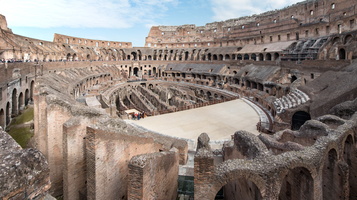

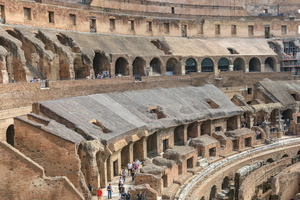
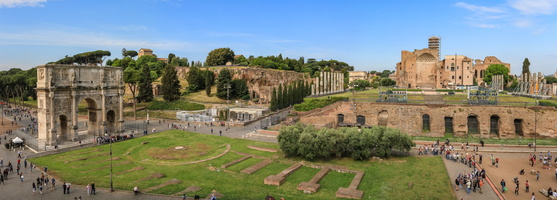
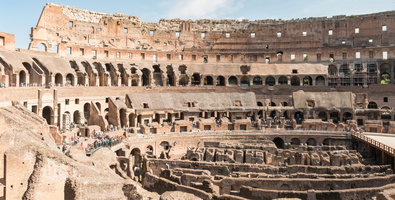
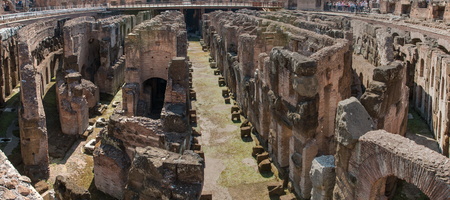
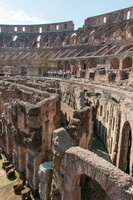
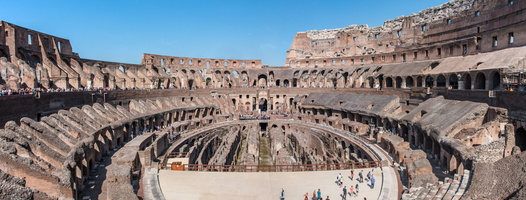
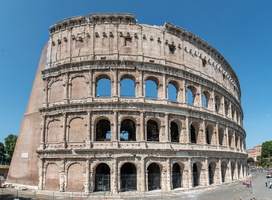
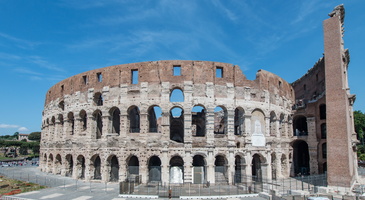
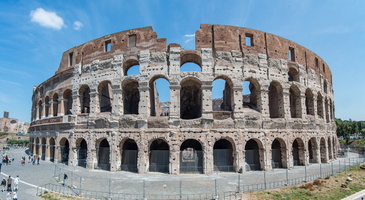
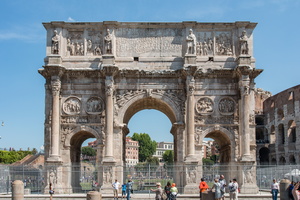
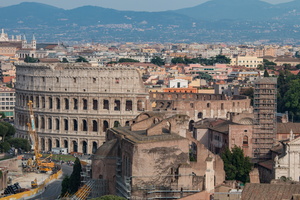
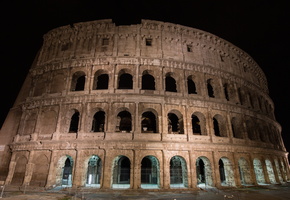


0 comments
Add a comment